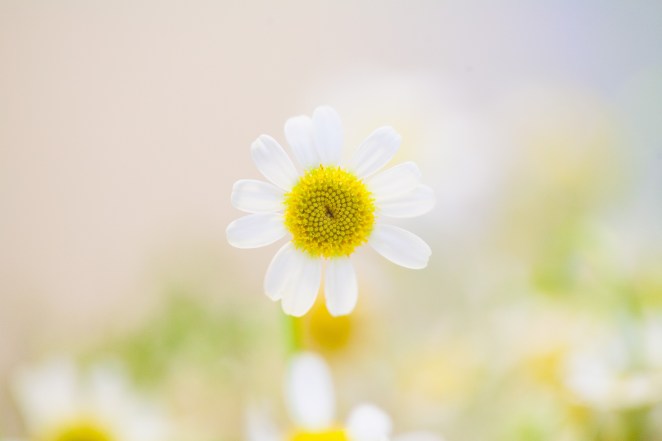Ayurvedic Cold Remedies
Western medicine offers little in terms of effective treatment for the common cold. Medicines that treat symptoms can counteract the body’s natural ability to heal. Having a runny nose is a side effect of the body’s attempt to carry virus colonies out of the body through the nasal passages. Antihistamines dry up mucous and prevent the body from removing the virus. Fevers are also beneficial in combating illness by increasing the movement of white blood cells and raising the temperature outside of the preferred range of viruses.
Medications like tylenol and aspirin, which lower the body temperature, impair the body’s natural response to viral pathogens. Unlike Ayurvedic cold remedies, medications that treat the symptoms of the common cold can limit the body’s ability to heal and consequently lengthen the time of illness.
Ayurvedic cold remedies work by supporting the body’s natural defense system instead of working against it. Supplements and aromatherapy strengthen the immune system and assist the body in the natural removal of phlegm (and virus colonies) from the throat and nasal passages. Ayurvedic cold remedies can also provide relief from symptoms like sore throat and headache without impairing the ability of the body to naturally combat viral pathogens. Continue reading “18 Ayurvedic Cold Remedies – Plus Aromatherapy for Cold Relief”



 Ayurvedic Treatment for Hair Loss
Ayurvedic Treatment for Hair Loss


